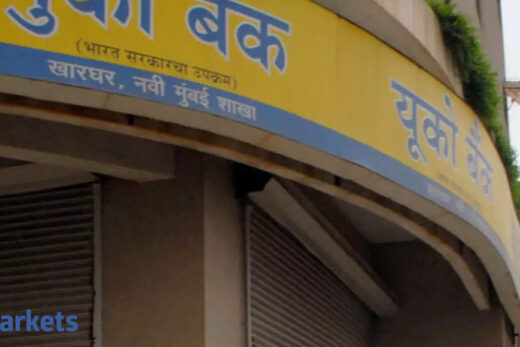“Notwithstanding the volatility in the bond market, the weighted average yield (WAY) of G-sec issuances during the year declined by 106 basis points (bps) as compared to the WAY of the previous year, thus falling to its lowest since 2004-05,” said RBI in its annual report. The weighted average coupon on the entire outstanding debt stock also decreased by 44 bps, the central bank said.
The yields on G-sec declined during the year with the 10-year yield softening by 37 bps mainly due to the monetary and liquidity measures taken by the Reserve Bank to tackle the stress induced by the Covid-19 pandemic.
During 2020-21, the gross market borrowing through dated G-sec was higher by 93 per cent as compared with the previous year. The planned market borrowing of GoI increased initially by Rs 4.20 lakh crore, which further increased two times during the year, i.e., first, Rs 1.10 lakh crore under the special window given to states and UTs towards shortfall in goods and services tax (GST) compensation cess, and second, Rs 80,000 crore during the announcement of the Union Budget for the year 2021-22.
Net market borrowings through dated G-sec increased by 141.2 per cent as compared with previous year. Net market borrowings through dated G-sec financed 61.8 per cent of the centre’s budgeted gross fiscal deficit (GFD) as against 50.8 per cent in the previous year, RBI said.
The net market borrowings through dated securities and Treasury Bills (T-Bills) taken together also increased in 2020-21.
Please bear in mind that all data for FY21 is for the nine-month ending March as the RBI changed its accounting year to April to March from the last fiscal.



